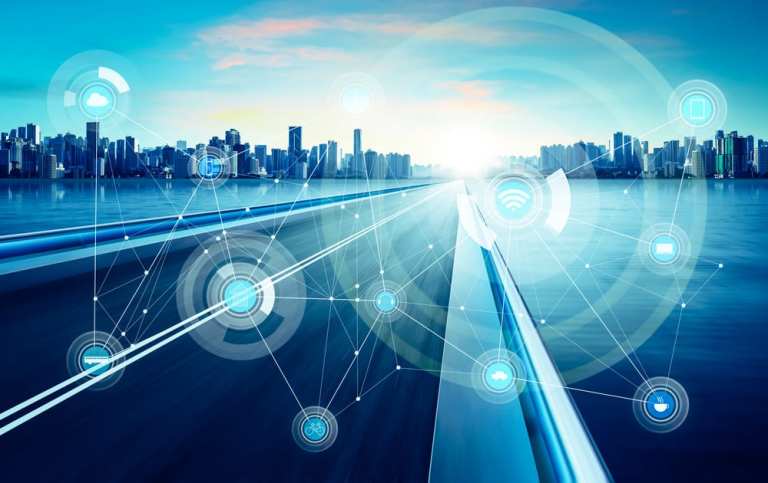
The smiley face of the Internet of Things (IoT) in 2020 mostly involves refrigerators that self-refill, voice-assisted homes, cars that can order takeout and some large-scale industrial automation. But the true, world-changing potential for IoT is its use in “smart cities,” from intelligent energy grids to mass-transit systems that autodetect issues and streamline human mobility.
These are just a few of the megatrends and field tests highlighted in the January 2020 PYMNTS Intelligence of Things Tracker, where the role of advanced new application programming interfaces (APIs) in civil engineering projects is explored in detail with IoT innovators.
As the planet rushes to dizzying new heights of interoperability, there remain serious unanswered questions. The vulnerability of IoT connections to a new generation of specialized hackers is reinventing cybercrime in scary new ways. Companies are responding with IoT “honeypots” that are set up specifically to draw in attackers and see what they do, while white-hat hackers try to crack these systems – and seal the cracks – before IoT solutions go to market.
Consumer Data, Round Two
Much of today’s IoT activity is riding a powerful wave of 5G and newer Wi-Fi 6 rollouts worldwide, as these technologies are effectively codependent. Gartner, for example, estimates that there will be 25 billion IoT devices in-market within two years (the end of 2021). Add to that the fact that 250 million connected cars are anticipated to be on the road by the end of 2020.
The resulting unprecedented deluge of consumer behavioral data represents a goldmine to manufacturers, marketers, hopefully consumers themselves and, undoubtedly, thieves.
There’s no question that illegal fortunes are about to be made by hacking and exploiting the IoT. That’s why some big players are thinking like cybercrooks in order to catch them, or at least figure out what they’re up to. Panasonic, for example, has set up a number of digital “honeypots” – IoT apps and devices that are purposely (but not obviously) left vulnerable to hackers. Panasonic and its brigade of white-hat hackers observe bad actors, learn how they work and what they’re after, then seal the cracks before hackers can do real damage.
Governments are getting involved, too, passing new laws to regulate IoT devices and firm up consumer protections ahead of the expected surge of 5G/IoT products, pipelines and pay rails.
Smart Cities, Smart Payments
Mass-transit applications of IoT and 5G have arguably received disproportionate interest, but advocates would say otherwise. The vision for remaking whole cities as smooth-running, energy-efficient, carbon-neutral oases is the dream for civic engineers and IoT dreamers everywhere.
Innovators are pushing the boundaries of API creation and function with mass-transit use cases that seek to move people and payments more fluidly than was ever possible. Solutions firm Genfare, for example, has made impressive inroads with its integrated fare collection platform, which is licensed to municipalities across the country, from Albany, New York to the Central Ohio Transit Authority, among others. The company’s Genfare Link and Mobile Link fare collection and mobile ticketing solutions are highly configurable, offering extensive consumer data for analysis.
What’s the upshot? As public and private entities absorb the impact of IoT, 5G and Wi-Fi 6 over the next two years, we can expect dazzling new products and services, along with the inevitable data breaches and inconveniences that accompany all game-changing breakthroughs.